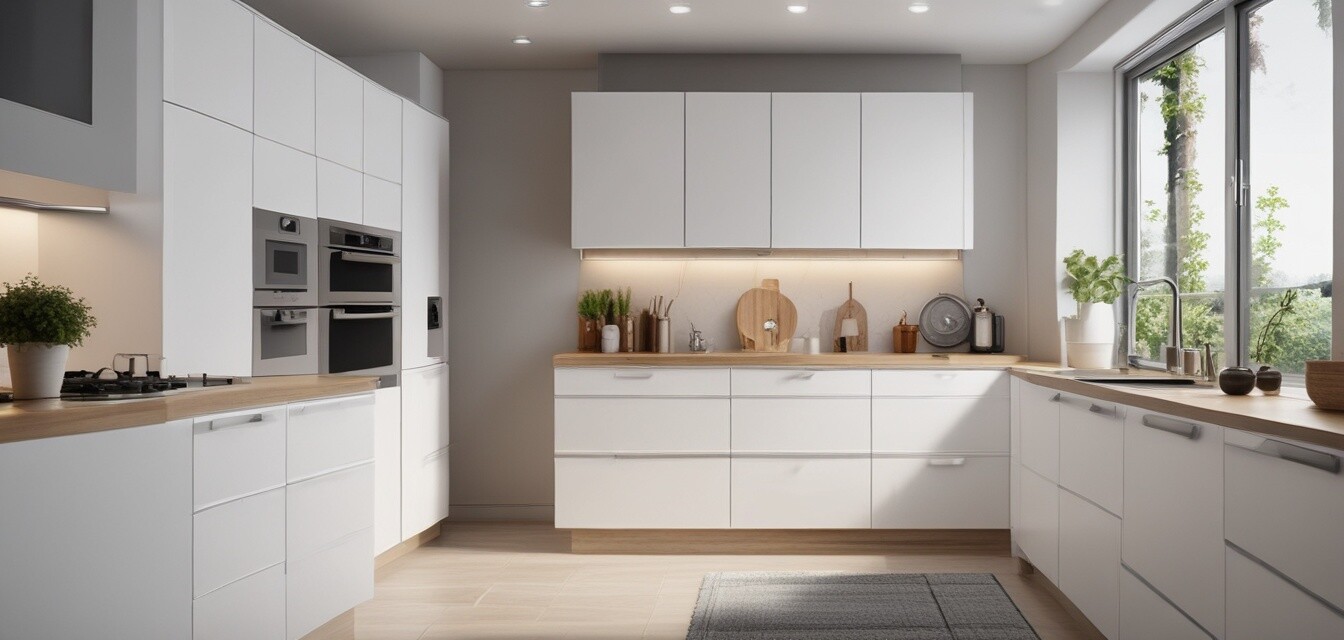
Consumer Trends in Energy Efficient Appliances
- Increased consumer awareness drives demand for energy-efficient appliances.
- Smart technology integration is a significant trend in modern appliances.
- Manufacturers are focusing on sustainability in their design and production processes.
- Consumers prefer appliances that offer long-term savings over short-term costs.
- Energy labeling plays a critical role in consumer purchasing decisions.
The demand for energy-efficient appliances is growing, shaped largely by consumer awareness and the need for sustainable living. With advancements in technology and a push towards eco-friendliness, consumers are becoming increasingly selective about the home appliances they choose. This article will delve into the current trends observed among consumers when it comes to energy-efficient appliances, exploring how these preferences influence manufacturers and the market as a whole.
Understanding Consumer Preferences
As the world becomes more aware of climate change and environmental sustainability, consumers are gravitating towards energy-efficient appliances. A shift in preferences can be attributed to several factors:
| Factor | Description |
|---|---|
| Environmental Awareness | Consumers are increasingly conscious of their carbon footprint and seek products that reduce energy consumption. |
| Cost Savings | Energy-efficient appliances often lead to lower utility bills, appealing to budget-conscious consumers. |
| Innovative Technology | Smart appliances with integrated technology attract consumers looking for convenience and modern features. |
| Brand Reputation | Brands that commit to sustainability in their production processes gain consumer trust. |
Impact of Smart Technology
Smart appliances are transforming the landscape of energy-efficient options. These appliances often come with features such as:
- Remote control capabilities via smartphone apps.
- Energy monitoring functions that allow consumers to track usage.
- Integration with smart home systems for automation.
- Real-time notifications for optimal performance and maintenance.
The integration of smart technology not only enhances user experience but also emphasizes the importance of energy efficiency. As consumers look for convenience in their homes, smart appliances have become a significant trend in the energy-efficient market.
The Role of Manufacturers
Manufacturers have taken notice of shifting consumer preferences and are adapting their strategies accordingly. Some notable trends include:
Pros
- Focus on innovation leads to more efficient designs.
- Increased investments in sustainable materials.
- Proactive marketing emphasizing energy savings.
- Collaboration with eco-friendly organizations to improve brand image.
Cons
- The initial cost of energy-efficient appliances can be higher.
- Complicated features may deter some consumers.
- Market saturation with too many options can confuse buyers.
Sustainability Initiatives
Many manufacturers are aligning their business models with sustainability goals. Key initiatives include:
| Initiative | Description |
|---|---|
| Energy Star Certification | Products that meet specific efficiency criteria are labeled, helping consumers make informed choices. |
| Recycling Programs | Brands are adopting circular economy approaches, encouraging consumers to recycle old appliances. |
| Sustainable Packaging | Using recyclable materials for packaging to reduce waste. |
The Importance of Energy Labeling
Energy labels play a crucial role in influencing consumer purchasing decisions. They provide essential information, such as:
- Energy efficiency ratings.
- Estimated annual energy costs.
- Comparisons with similar appliances.
These labels help consumers to quickly assess the energy consumption of appliances and choose options that align with their values of cost savings and environmental sustainability. For a deeper dive into energy-efficient appliances, check out our buying guides.
Future Trends to Watch
The future of energy-efficient appliances looks promising. Some emerging trends include:
- Integration of renewable energy sources into appliance design.
- Customization of appliances based on individual energy use.
- Increased consumer engagement through feedback and reviews.
- Enhanced durability and longevity of devices to reduce waste.
To stay updated on the latest trends in energy-efficient appliances, explore our news and trends articles.
Conclusion
Consumer trends indicate a strong shift towards energy-efficient appliances driven by a desire for sustainability and cost savings. As manufacturers adapt to these preferences through innovation and transparency, the market will continue to evolve. Understanding these trends helps consumers make informed decisions while contributing to a more sustainable future.
